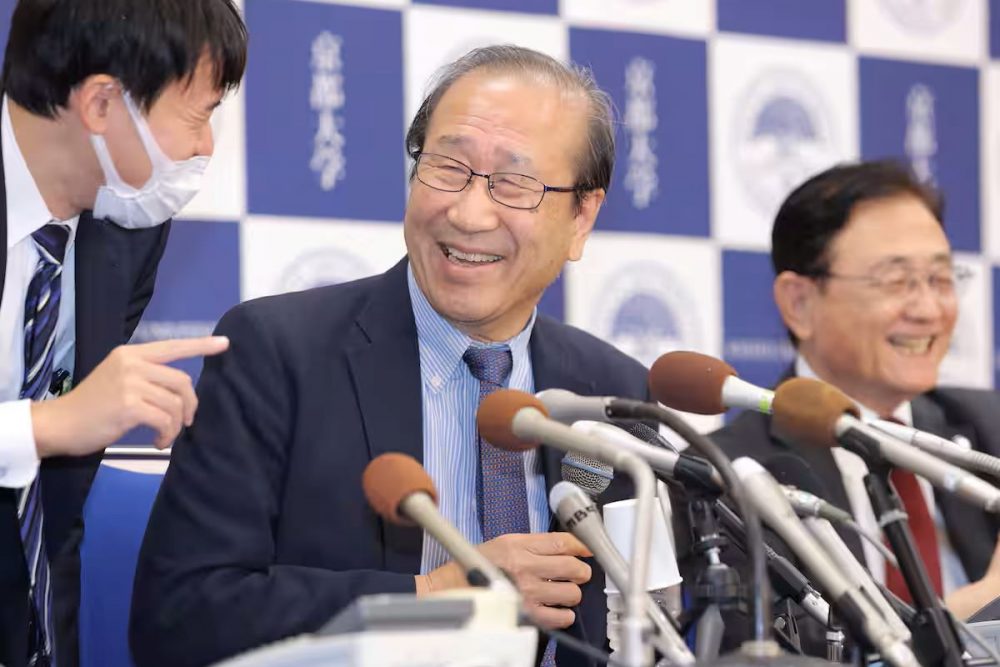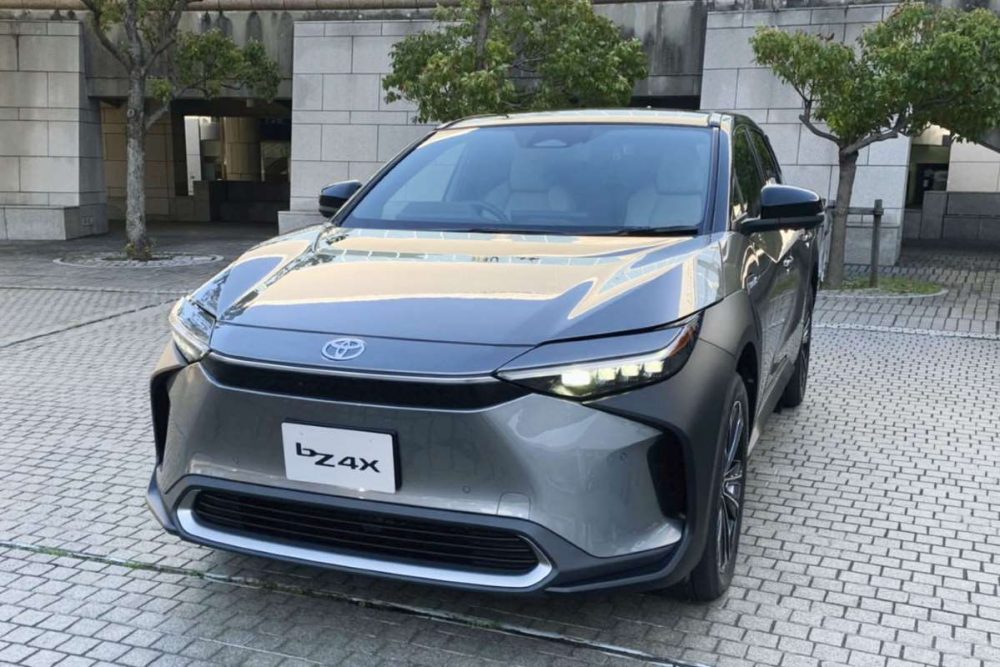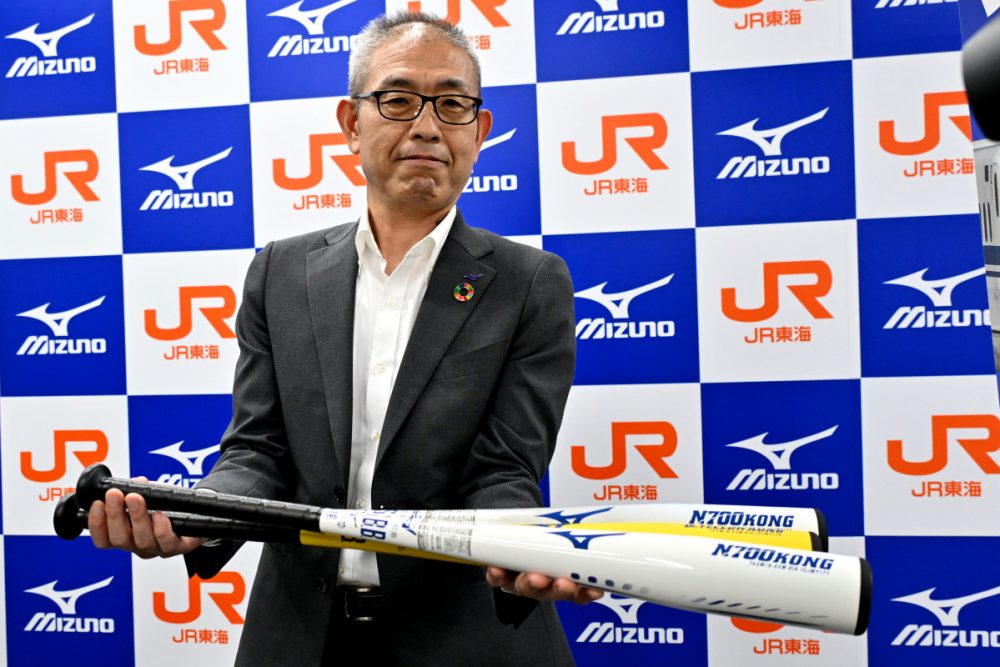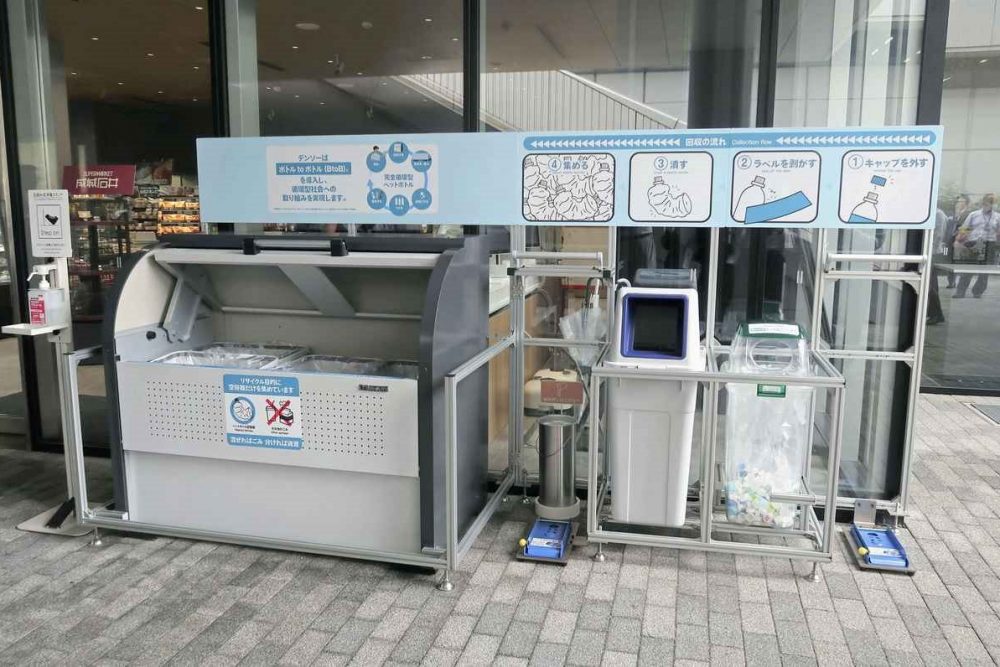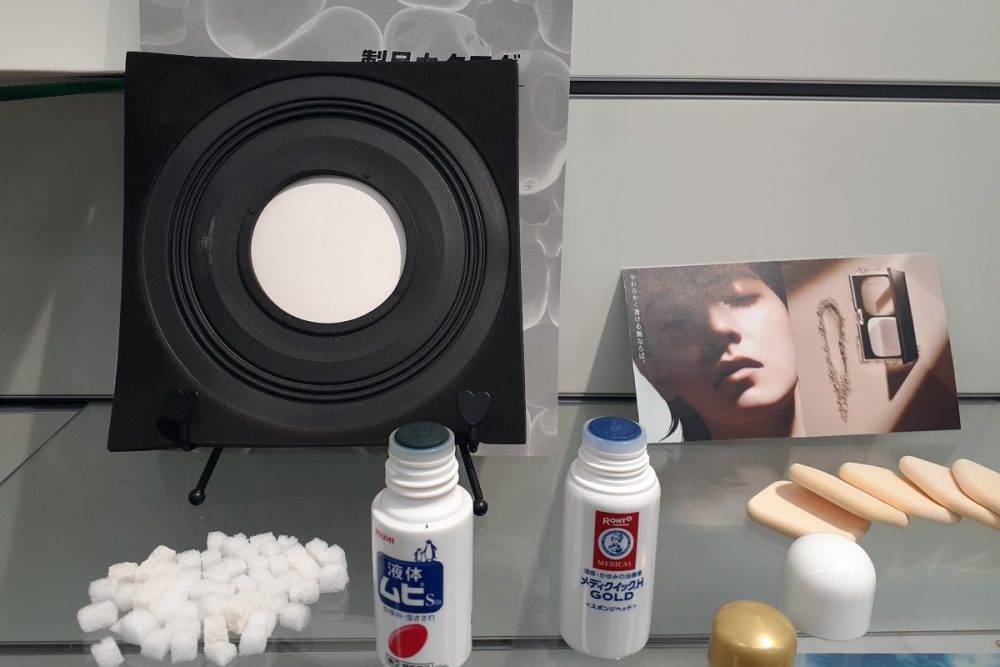FRD Japan Satisfies Sushi Demand with Water-Efficient Salmon Farming
FRD Japan is transforming salmon farming with a water-efficient, land-based system near Tokyo and plans to expand as an alternative to imported frozen fish.
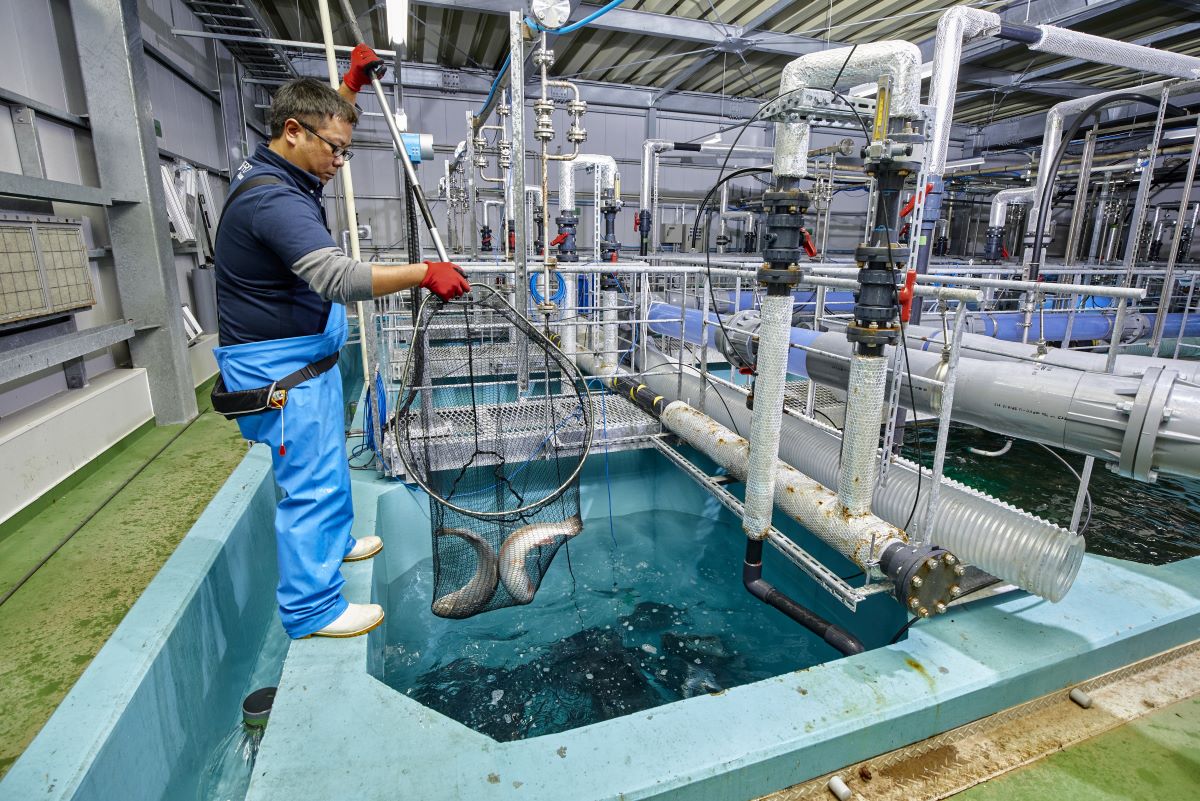
このページを 日本語 で読む
A startup company that farms salmon near Tokyo and delivers it fresh is gearing up to make a splash. Established in 2013, Saitama-based FRD Japan uses tap water for its land-based aquaculture. The company has developed a unique filtration technology that requires almost no water changes. This allows for a stable production that can be easily shipped to nearby major markets. While production is currently small scale, FRD is working to launch mass production in three years.
Salmon Is Number One
Salmon is a popular choice at conveyor belt sushi restaurants. An annual consumer survey by seafood giant Maruha Nichiro has shown salmon to be the most popular sushi fish for 13 consecutive years. Surpassing tuna, salmon has established its position as the number one favorite. Its rich and fatty taste is reported to be the reason behind its prevalence. A versatile fish, it can also be prepared in a variety of ways atop sushi rice, such as adding onions.
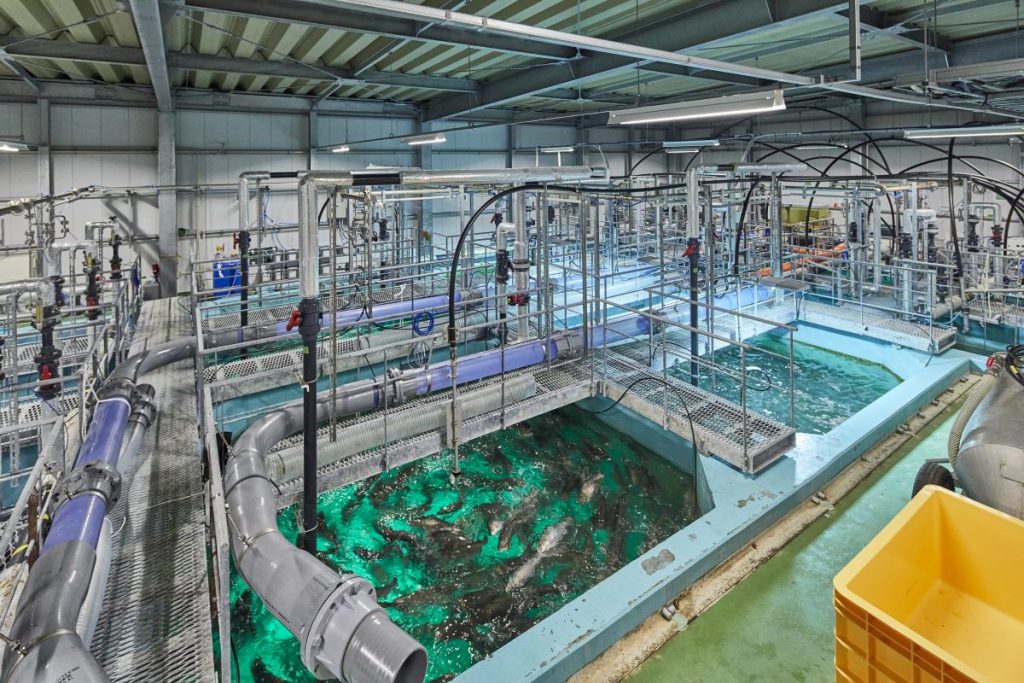
Salmon has the highest per capita consumption among fish at an annual 300,000 tons. Most are imports of ocean-raised fish from Chile and Norway that are transported frozen from the opposite side of the planet. The freezing process affects both taste and texture. That is why FRD Japan opted to compete by offering fresh, never-frozen farmed salmon.
Only 1% Water Change Needed
Originally farming abalone on land, FRD eventually judged the salmon market to be larger and more viable. In 2017, they successfully secured a 900 million yen (roughly 6 mil. USD) investment from Mitsui & Co. to promote the industrialization of land-based aquaculture. Demonstration tests were launched at their Saitama and Kisarazu plants in 2018.
Land-based aquaculture is generally performed by two systems. One is the flow-through system that takes in and discharges seawater. The other is the closed recirculation system that filters and purifies the water. FRD Japan uses a closed recirculation system incorporating its unique filtration technology.
The recirculation system not only prevents pollution of the sea and rivers but also stops the entry of viruses and bacteria that cause disease in fish. However, traditional recirculation systems require about 30% daily water changes to prevent the accumulation of toxic ammonia from the bodily waste of fish.
FRD Japan developed an advanced two-stage filtration technology. Bacteria convert ammonia into the less toxic nitrate. Then other bacteria convert nitrate into nitrogen gas, which is released into the atmosphere. This method allows for highly transparent water with only a 1% daily water change. Water is replaced only to account for evaporation losses.
Since the water in tanks is made from tap water, temperature management is easy. The optimal water temperature for salmon is around 15 degrees Celsius. Cooling costs increase in the summer when water temperatures rise.
Mass Production in Three Years
For the first six months after hatching, the salmon are raised at FRD's Saitama Plant. They are then moved to the Kisarazu Plant. After about a year, the fish have grown to a size of 3 kg. They are then shipped out under the brand name "Okasodachi."
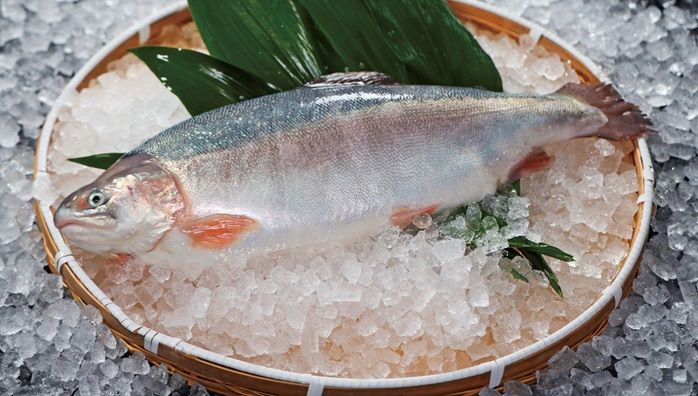
Annual production is currently 30 tons. Leveraging its proximity to Tokyo, FRD supplies delis, high-end supermarkets like Kinokuniya, and conveyor belt sushi chains like Choshimaru. The company keeps its prices comparable to imported products.
The next step for FRD Japan is mass production. In the summer of 2023, they secured a total investment of 21 billion yen from Mitsui & Co., Air Water, Sekisui Chemical, and Haseko Corporation. Construction of a mass production plant is underway in Futtsu City of Chiba Prefecture.
They plan to produce 3,500 tons annually, aiming for shipments starting in 2027. Simultaneously, they will expand their distribution network, focusing on the Kanto region.
FRD Japan President and CEO Tetsuro Sogo commented. "Although the farmed salmon market is large, there are few domestic products. We want to expand production facilities towards large-scale production."
FRD is also considering expansion into other parts of Asia where demand is expected to grow.
このページを 日本語 で読む






